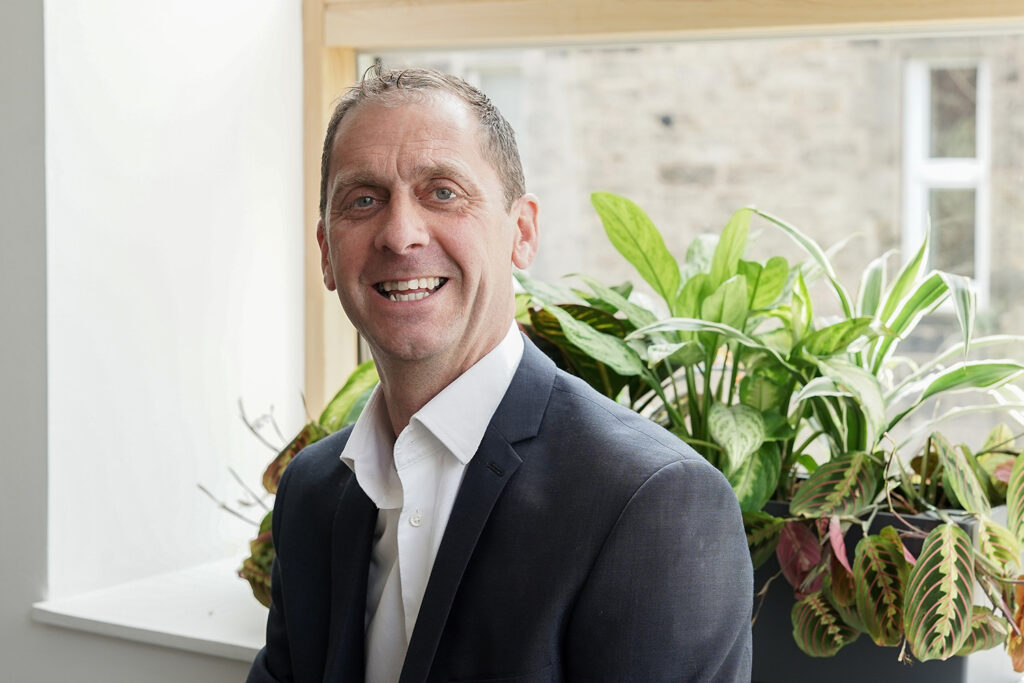
How do you achieve a 500% capacity increase with minimal environmental impact?
King Abdulaziz International Airport – Waste Strategy
Jeddah, Saudi Arabia
Project details
Client
General Authority of Civil Aviation (GACA)
Duration
Completed in 2013
Services provided by Buro Happold
King Abdulaziz International Airport (KAIA) in Jeddah is Saudi Arabia’s third largest air facility, occupying an area of 102 km².
Jeddah is close to Islam’s holy cities of Mecca and Medina and the Hajj terminal, built especially to handle the enormous number of people travelling to the region to take part in the annual pilgrimage, and is world renowned. Up to 14.2 million passengers pass through the airport every year.
Passenger traffic is on the increase and the airport is coming under increasing pressure. A major expansion programme will take place in three development phases. The first phase for a 30 million passenger capacity was completed in 2013, the second phase for 43 million passengers is scheduled for completion by 2020, and the final phase for an 80 million passenger capacity by 2035. The first phase included the construction of a new passenger terminal and passenger processing facility, and the upgrade of airport and access facilities.
Challenge
The site posed a number of issues for the Buro Happold team, not least improving the existing airport’s outdated waste management practices. We had to find effective and environmentally sound ways of disposing both aircraft waste and waste from the large Hajj terminal, as well as the means to integrate these solutions within Jeddah city’s wider infrastructure.
The methods we devised had to meet numerous strict LEED requirements, including separation of waste into three streams, and its safe storage within the main passenger terminal.
James Hobson, Head of Waste Management
Solution
Our team prepared a site wide solid waste management plan (SWMP) that would be used to inform the development of the waste strategy through all three phases of KAIA’s development. The SWMP estimated a waste generation rate for the expansion, consolidated waste management strategies, including waste flow and storage in all new buildings, and set out a site wide waste collection strategy.
In addition, our comprehensive SWMP also provided an assessment of options for treatment of the airport’s waste including an on site waste processing centre that includes an incinerator, a materials recovery facility, an in-vessel composting facility and a construction and demolition waste processing area.
Buro Happold also prepared the waste management chapter for the environmental impact statement (EIS) for this project, which assesses the impact of waste management during construction. This, in conjunction with the SWMP, provided our client with a comprehensive strategy for the redevelopment and expansion of KAIA right through to completion in 2035.
James Hobson, Head of Waste Management
Value
Buro Happold’s strategy for the new airport adopts international best practice for waste and sustainability while encompassing a complete awareness of cultural sensibilities. The strategy is robust and future-proofed to ensure that Jeddah City has the procedures in place to handle changes in the airport’s waste needs and outputs as volumes grow.



